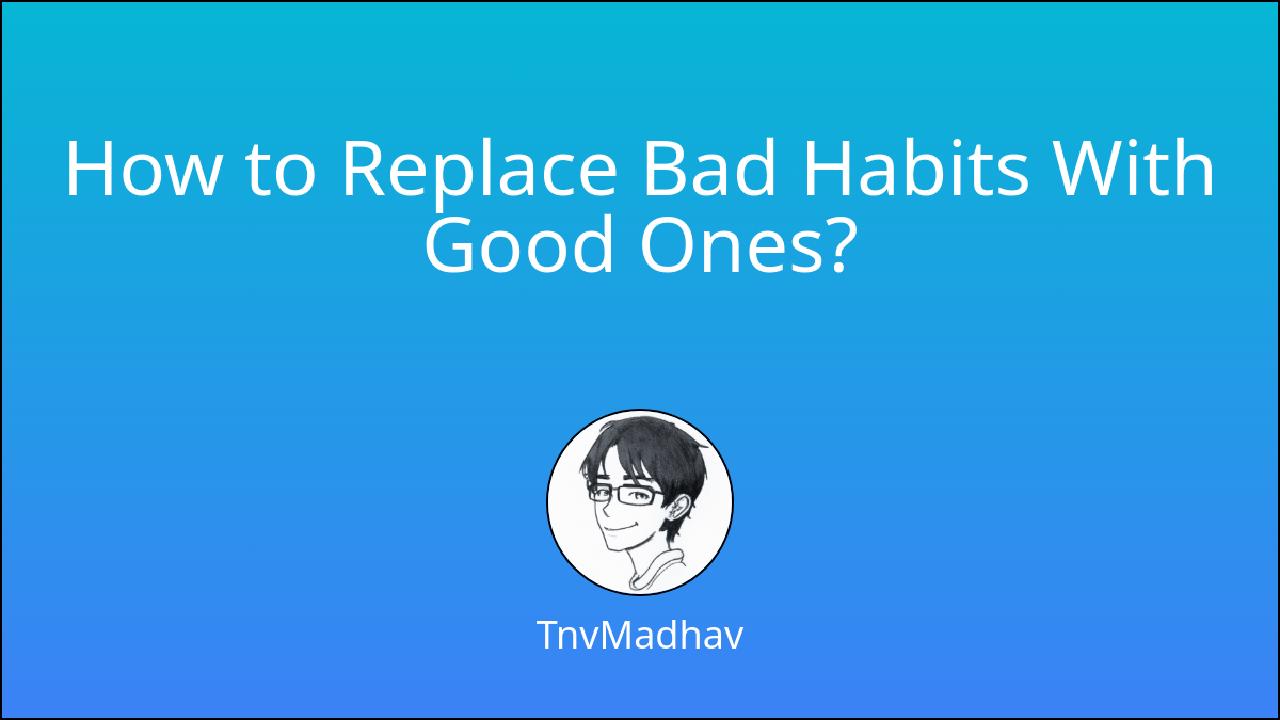😄 This blog post was inspired by computer programming. Especially, the “If-Then-Else” conditional implementations. I came across this idea during my daily journaling sessions.
Introduction
In the pursuit of enhanced productivity and personal growth, many of us grapple with the challenge of breaking unproductive habits and cultivating beneficial ones.
This struggle often arises from our response to triggers—instinctual cues that prompt certain actions.
In this blog post, I will delve into the concept of “Sustained Vigilance,” a systematic approach that enables us to reprogram our responses to triggers, thereby replacing counter-productive habits with intentional actions.
Understanding Triggers and Responses
Triggers are those instinctual moments that lead us down the path of unproductive habits. These triggers include feeling tired, anxious, hungry, or even simply being in a specific environment. Our habitual responses to these triggers are often driven by comfort, leading to behaviors that do not align with our goals.
The Sustained Vigilance Approach
Sustained Vigilance is a proactive technique that involves consciously reprogramming our responses to triggers. Instead of falling back into the comfort of unproductive habits, we deliberately choose intentional actions that align with our aspirations. Here’s how to implement the Sustained Vigilance approach effectively:
Identify Triggers: The first step is to recognize the triggers that prompt undesirable behaviors. These triggers are a part of our daily lives and are often tied to common occurrences such as fatigue, anxiety, or hunger
Intentional Responses: For each trigger, establish intentional responses that counteract the unproductive behavior. For instance, if you typically reach for your phone upon waking up, create an alternative response like splashing water on your face before grabbing your phone
Mindfulness and Intent: The core of Sustained Vigilance lies in mindfulness and intent. It’s about being aware of your triggers and consciously choosing to respond differently
Repetition and Practice: Repetition is key to reprogramming your responses. Consistently practicing intentional responses will gradually replace the old habits with new, productive ones
Inverting Negative Patterns: To break free from negative patterns, invert them. Redirect your energy from unproductive behaviors like scrolling through social media when anxious to activities that contribute to personal growth, such as jotting down your goals
Take Control: By practicing Sustained Vigilance, you’re taking control over your actions and reactions. Over time, this control becomes a powerful tool for enhancing productivity
Mindful Implementation: Embrace the intentional practice, even if it feels challenging initially. With dedication, you can overcome the initial hurdles and make sustained vigilance an integral part of your routine
Conclusion
Mastering productivity is not an easy feat, but with the application of Sustained Vigilance, it becomes achievable.
By consciously reprogramming our responses to triggers, we can gradually replace unproductive habits with intentional actions that align with our goals.
Remember, the journey to Sustained Vigilance may have its challenges, but through dedication and practice, you can transform your habits and pave the way for personal growth and productivity.
I’m currently practicing Sustained Vigilance to break free of my bad habits, it’s been working well for me until now.
I hope this technique finds home in your life. Feel free to message me about how it went.
